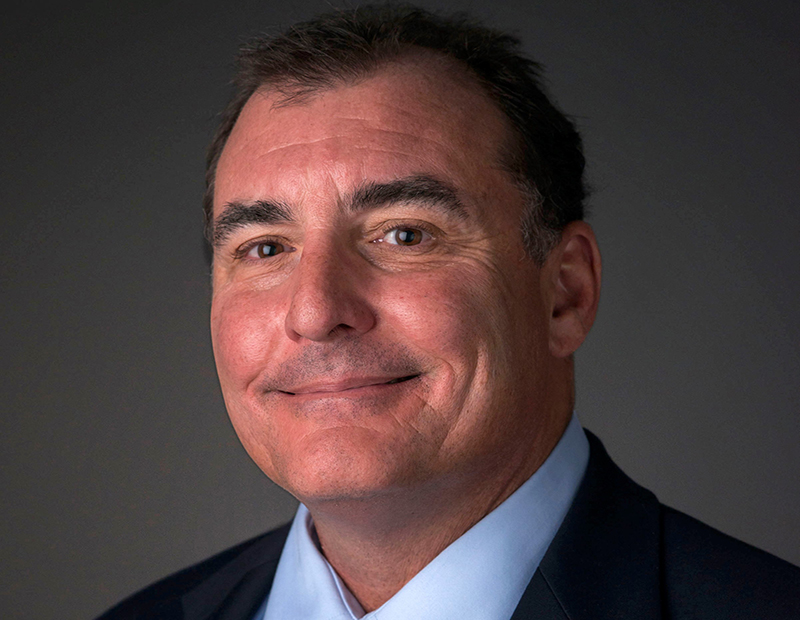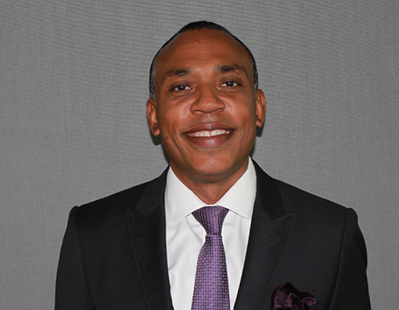Distressed Debt Deals Remain Elusive
Patrick Toomey of Institutional Property Advisors on the conditions that are extending the wait for loan default opportunities.

At the onset of COVID-19 about a year ago, investors were lining up for an avalanche of distressed debt to hit the market. Funds were set up to purchase nonperforming notes, anticipating huge fallout in all sectors, except perhaps industrial. Nonpayment of rent by tenants, or lack of guests in the case of hospitality, would lead to debt defaults. The vultures were on standby!
Things did not turn out as anticipated, however. Residential and retail properties have had high collection rates. Office and hospitality have had nonpayment issues, but lenders and borrowers seem to be working things out through forbearance agreements. The wave of distressed loans was not hitting, and towards the latter part of last year, it seemed that it was not going to come.
Why is this?
For one, many loans are in commercial mortgage-backed security pools and are serviced through companies that own the highest risk, or “first loss,” tranche. These companies collect a fee for this servicing arrangement and, therefore, have some revenue from the nonperforming loans being in special servicing, and have a disincentive to take actions that would cause them to incur losses on their investment in these loan pools. The incentive is to keep the loans in special servicing and to get creative with repayment plans with the borrowers. In certain cases, of course, the defaults are too great and there are sales, but there have not been huge buying opportunities of distressed loans as in the past.
Even other originators of commercial loans, such as banks and life companies, are not liquidating nonperforming loans, although there are rumors of certain banks ramping up their special servicing departments. Banks are moving a bit slower, likely because they are allowed to maintain their capital reserves and credit ratings while working out deals with borrowers or are not receiving pressure from regulators to do something about nonperforming loans. One can only guess, but it seems that the big wave hasn’t hit. It will either just stay a swell or hit later.
The Impact of Past Crises
When we talk about massive waves of default, most individuals refer to the ’80s and ’90s, where savings and loan and banking regulators at the FSLIC and FDIC, respectively, forced many institutions into insolvency through new capital reserve requirements that were not mandatory in earlier years. After the deregulation of these industries, savings and loan organizations in particular had salad days in their commercial lending. They were able to be creative and flexible, including participating in partnership with borrowers in off-balance-sheet transactions. The fees were great, and, for the most part, the loans performed.
After some major S&L failures, however, the regulators tightened up reserve requirements for institutions and many failed to meet capital requirements. Some institutions sold off loans and others were taken into receivership, where federal banking agencies liquidated the assets of those institutions. The discounts were typically huge in comparison to original loan balances as the objective was to liquidate as soon as possible. Holding loans for better performance was not favored.
This regulatory intervention created shock waves of distress and opportunities to purchase commercial debt and properties at huge discounts. Because of the tight regulatory environment, new loans were very tightly underwritten, and only those with large cash reserves were able to take advantage of the buying opportunities.
Today, it seems that the regulatory agencies are not putting pressure on institutions to clear their balance sheets, although that could change. Furthermore, CMBS loans are not under banking regulations, and the servicers aren’t required to take severe action. In fact, in most cases, the special servicers of CMBS loan pools have broad latitude in what they can do to handle defaulted loans and have an incentive to keep the loans in special servicing.
Also, since the ’90s, and again after the financial crisis of 2008, underwriting on new loans has been fairly strict such that defaults that impair repayment to the lenders (or bondholders in the case of CMBS loans) are less often and less severe than during those earlier periods.
Because of more careful underwriting on commercial loans, the lack of pressure on banks from regulators, and the broad options afforded to special servicers of CMBS loans, loans are tending to be worked out rather than liquidated. Selling at a discount is typically the last resort, and we have seen that lenders are opting for keeping their problems. If the rumors of special servicing departments ramping up are true, then perhaps we will start to see some wholesale loan sales. Until then, we should not hold our breath.
Patrick Toomey is an executive director at Institutional Property Advisors.







You must be logged in to post a comment.